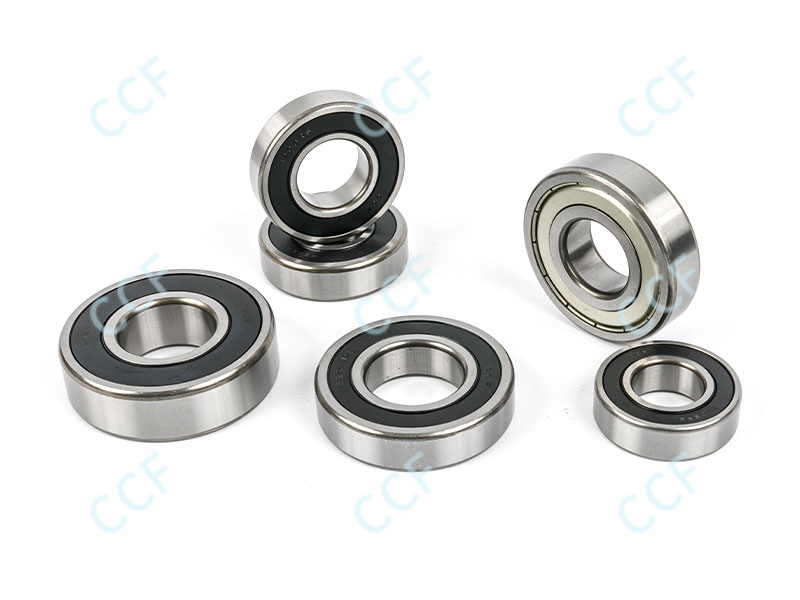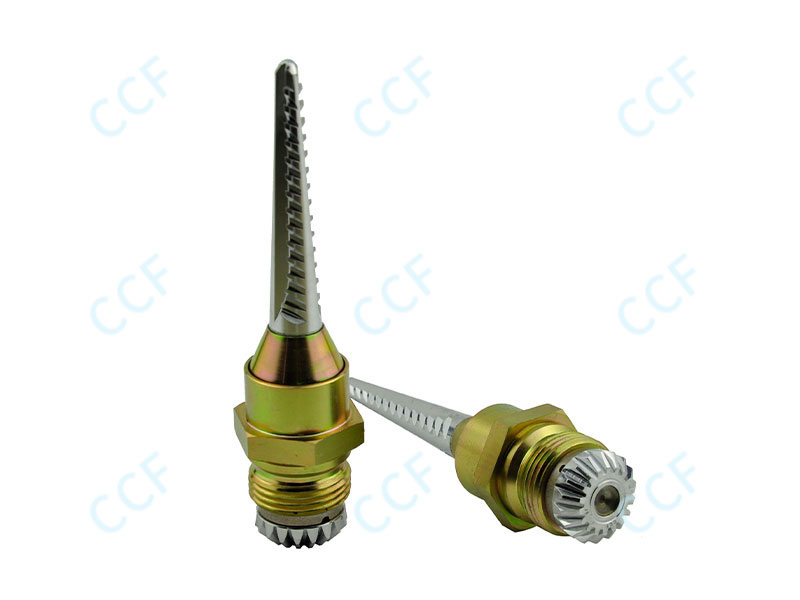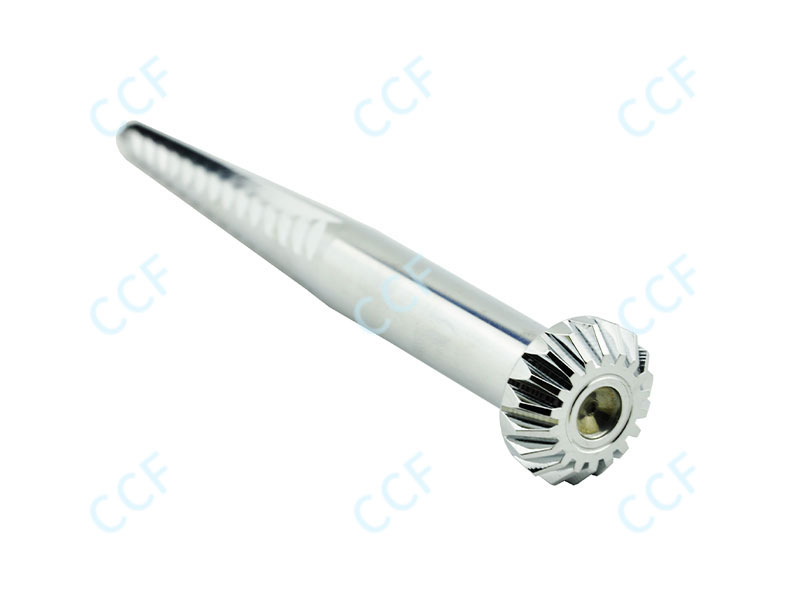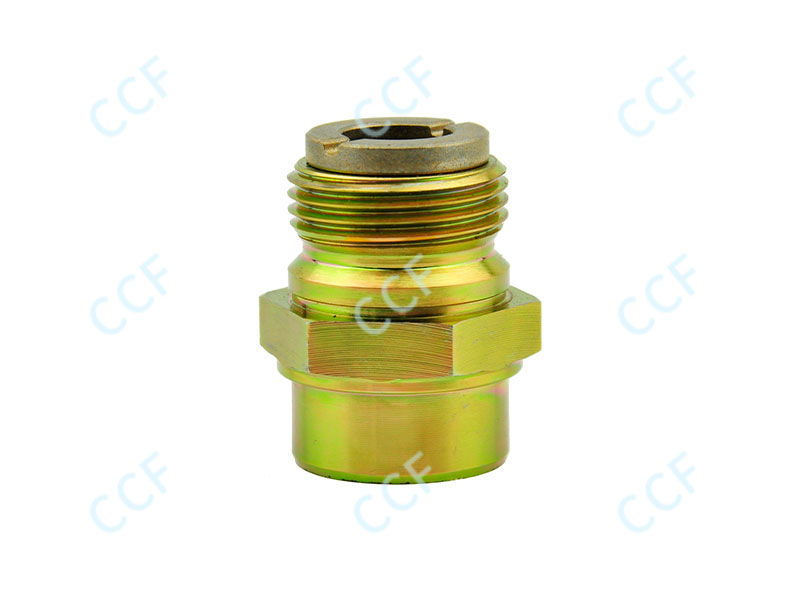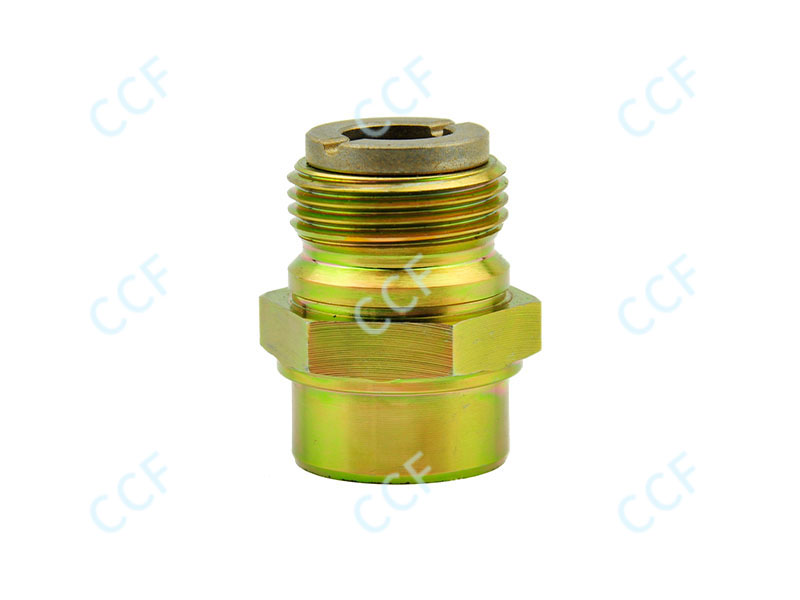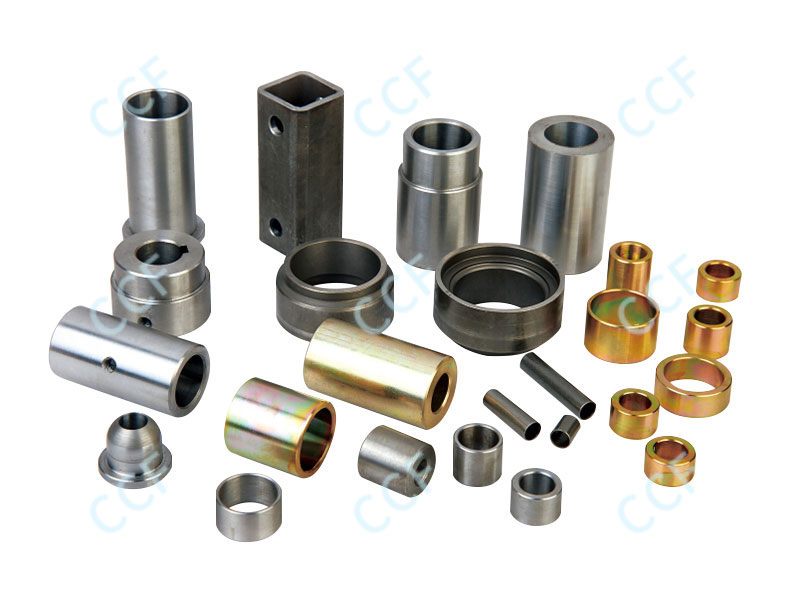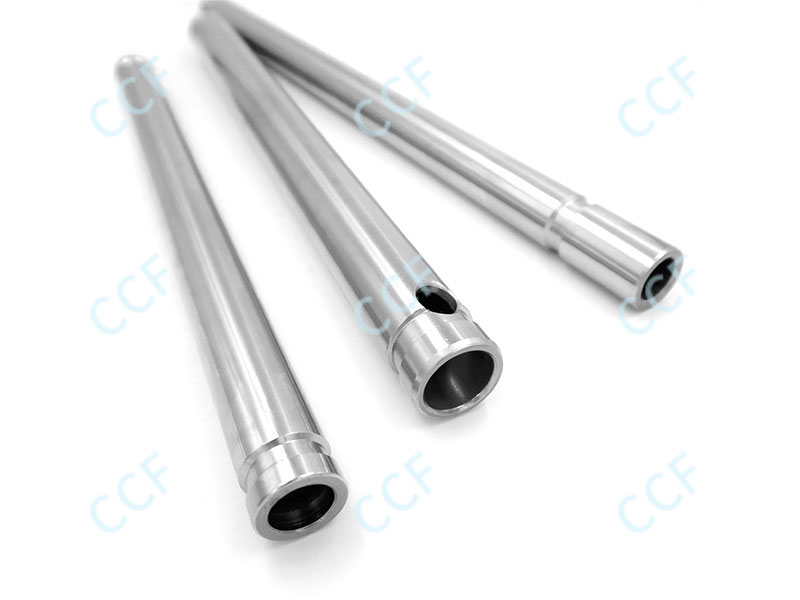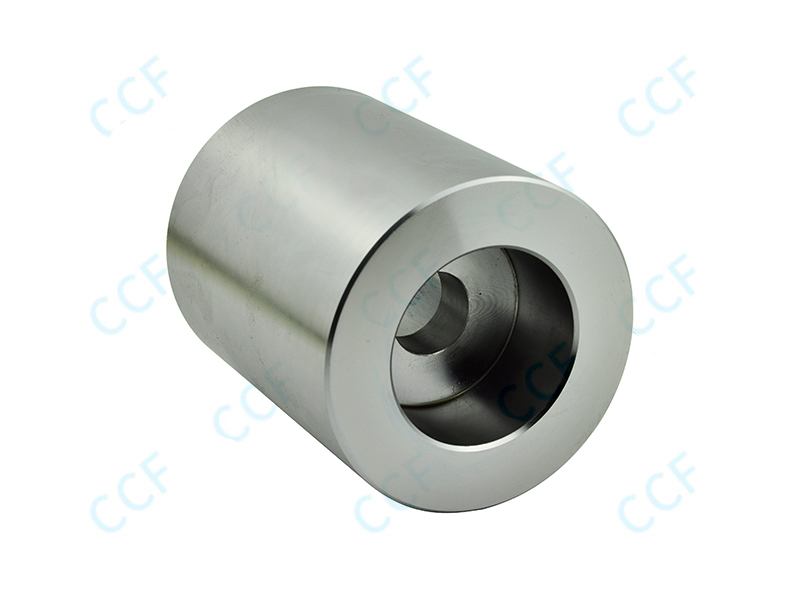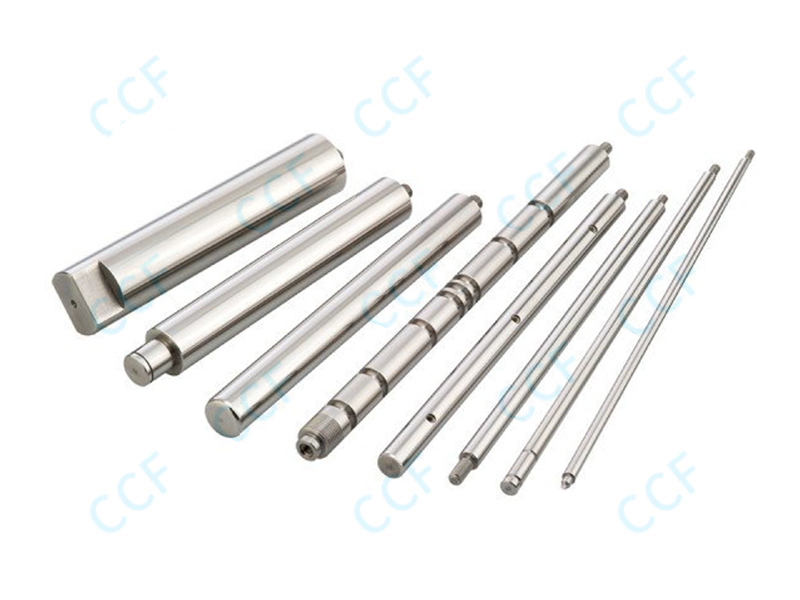Industrial motor ball bearings are essential components that directly influence the operational stability of electric motors. Vibration control is a key factor in determining whether these bearings meet the stringent requirements of industrial motors. Excessive vibration can lead to mechanical wear, reduced efficiency, noise, and premature failure of the motor system. The performance of ball bearings in vibration control depends on material quality, design tolerances, lubrication, and proper installation. Industrial motors, which often operate under continuous and heavy-duty conditions, rely on bearings that can effectively minimize vibration and maintain consistent rotational performance.
Several factors contribute to vibration in industrial motor ball bearings. These include surface roughness of the rolling elements, geometric inaccuracies, misalignment during installation, and external load variations. Additionally, lubrication quality plays a role in damping vibrations by reducing friction and wear. A well-manufactured bearing with precise tolerances and uniform load distribution can reduce vibration levels significantly. By addressing these factors, industrial motor bearings are better equipped to meet the vibration control requirements of motors used in demanding environments.
Industrial motors are designed for high efficiency, reliability, and long service life. To meet these goals, ball bearings must ensure smooth rotation with minimal vibration across different operating speeds. Low vibration is not only critical for mechanical stability but also for maintaining energy efficiency and reducing noise. In applications such as compressors, pumps, and fans, where motors run continuously, vibration control in bearings becomes even more important. Bearings must also adapt to fluctuating loads without compromising vibration performance, ensuring the motor operates within safe tolerance levels.
The evaluation of vibration control in ball bearings is typically performed using specialized instruments that measure velocity, displacement, or acceleration of vibrations. Industry standards provide guidelines for acceptable vibration levels in bearings used in industrial motors. These standards ensure that vibration is kept within ranges that will not compromise motor functionality or reduce service life. Engineers use vibration spectra to identify the source of vibration, whether from imbalance, misalignment, or bearing defects. Such testing allows manufacturers to refine designs and guarantee compliance with industrial motor requirements.
| Vibration Source | Impact on Bearing | Possible Control Method |
|---|---|---|
| Surface Roughness | Increases rolling noise and vibration | High-precision grinding and polishing |
| Misalignment | Uneven load distribution and premature wear | Proper installation and shaft alignment |
| Lubrication Issues | Higher friction and increased vibration | Use of high-quality lubricants |
| External Load Variations | Fluctuating vibration levels | Robust bearing design and load balancing |
Industrial motor ball bearings are designed with several features to improve vibration control. Precision manufacturing ensures accurate ball and raceway geometry, minimizing uneven load distribution. High-grade steel materials provide structural consistency and resistance to deformation under stress. Advanced lubrication systems reduce metal-to-metal contact, dampening vibration and extending bearing life. Seals and shields also prevent contamination, which could otherwise increase vibration by creating irregular surfaces. Collectively, these design improvements enhance the vibration control performance of bearings in industrial motors.
Lubrication is a critical factor in the vibration control performance of industrial motor ball bearings. The correct lubricant reduces friction between rolling elements, absorbs shock, and provides a cushioning effect that lowers vibration. Poor lubrication can result in dry contact, leading to increased vibration and wear. Both grease and oil lubrication systems are used depending on motor speed and application. Regular monitoring and replenishment of lubricants are necessary to maintain stable vibration levels throughout the service life of the motor.
Industrial motors operate in diverse environments, from manufacturing plants to mining and construction sites. Each environment presents unique challenges for vibration control in bearings. High-temperature environments can cause lubricant degradation, while dusty or corrosive environments may introduce particles that increase vibration. Bearings designed for such applications often include protective coatings, reinforced cages, and advanced seals. Meeting vibration requirements under these challenging conditions requires tailored bearing solutions that combine durability with consistent vibration performance.
Different types of bearings exhibit different levels of vibration control in industrial motors. Deep groove ball bearings, for example, are commonly used due to their low vibration characteristics and suitability for high-speed applications. Angular contact bearings can handle higher axial loads but may require precise alignment to minimize vibration. Spherical roller bearings are more tolerant of misalignment but may produce higher vibration compared to ball bearings. Choosing the right bearing type based on motor requirements is essential for achieving optimal vibration control.
| Bearing Type | Vibration Performance | Typical Motor Application |
|---|---|---|
| Deep Groove Ball Bearing | Low vibration at high speeds | General industrial motors, pumps, fans |
| Angular Contact Bearing | Good vibration control with axial load capacity | High-speed compressors and turbines |
| Spherical Roller Bearing | Tolerant of misalignment, moderate vibration | Heavy-duty industrial motors |
Maintaining the vibration control performance of ball bearings requires proper maintenance practices. Regular inspection for misalignment, wear, or damage ensures that vibration levels remain within acceptable ranges. Vibration monitoring tools help detect early signs of bearing issues before they escalate. Timely lubrication replenishment prevents friction-related vibration increases. Replacing worn seals or contaminated bearings also helps preserve stable motor operation. Consistent maintenance is critical to ensuring that industrial motor ball bearings continue to meet vibration requirements.
Standards from organizations such as ISO and ANSI set guidelines for acceptable vibration levels in industrial motor bearings. Compliance with these standards ensures that bearings meet global benchmarks for performance and safety. Manufacturers follow strict quality control procedures, including dimensional checks, vibration testing, and noise analysis, to ensure each bearing delivers stable vibration performance. Adhering to these standards is crucial for industrial motors that must operate reliably under continuous use.
The ability of industrial motor ball bearings to maintain vibration control over the long term is essential for reducing downtime and maintenance costs. Bearings that are designed with advanced materials and coatings resist fatigue and wear, sustaining stable vibration levels over extended operational cycles. Predictive maintenance technologies, such as vibration analysis and condition monitoring, further enhance reliability by identifying early warning signs of failure. Long-term vibration stability contributes to overall efficiency and cost-effectiveness in industrial motor systems.
Ongoing research and innovation are improving the vibration control performance of industrial motor ball bearings. Developments in ceramic hybrid bearings, advanced polymer cages, and nano-lubricants offer promising ways to further reduce vibration. Smart bearings equipped with embedded sensors are also being introduced, allowing real-time monitoring of vibration and temperature. These technologies provide data-driven insights to enhance performance, extend bearing life, and ensure motors continue to operate within safe vibration limits.
